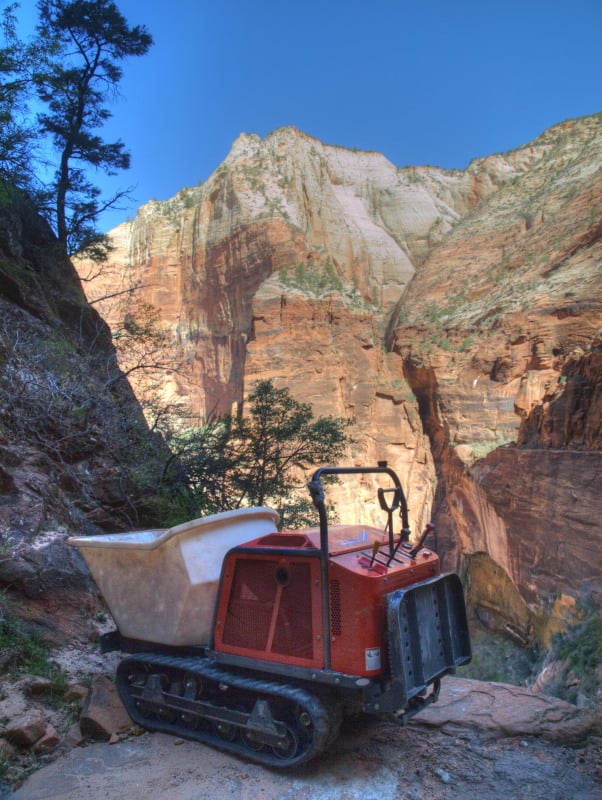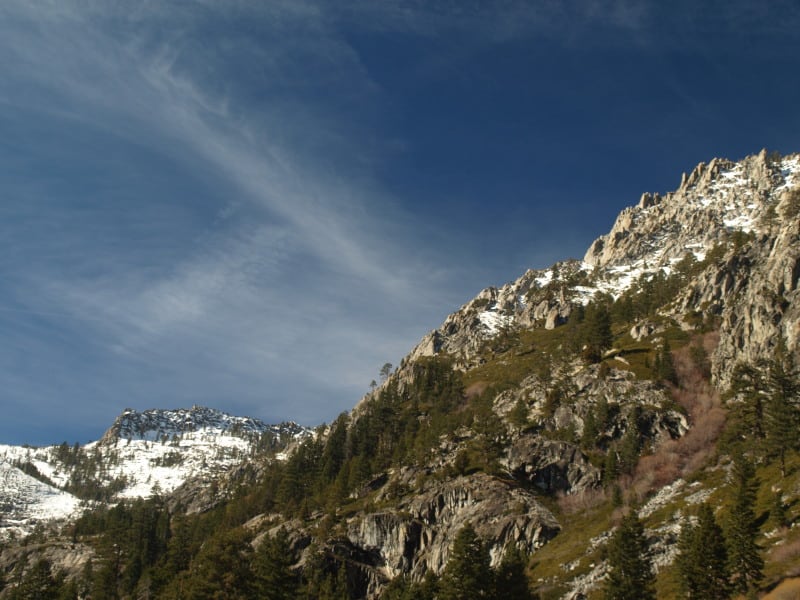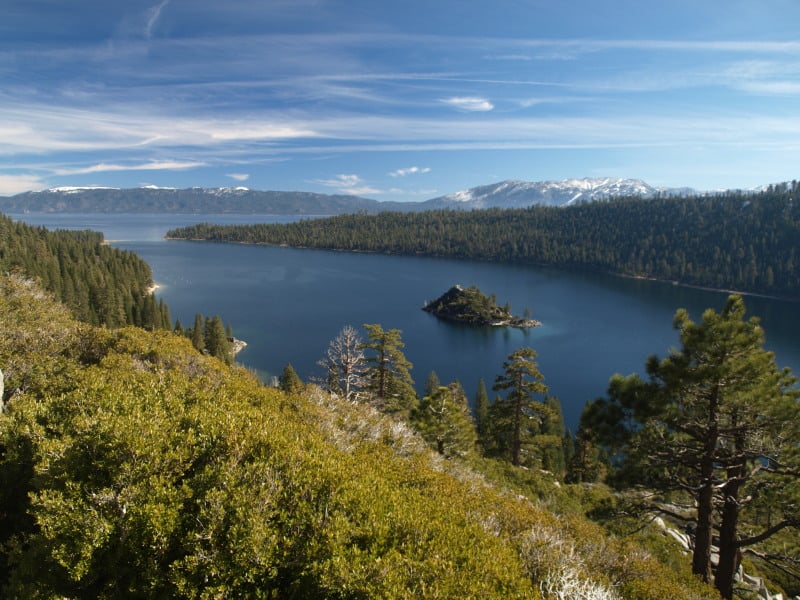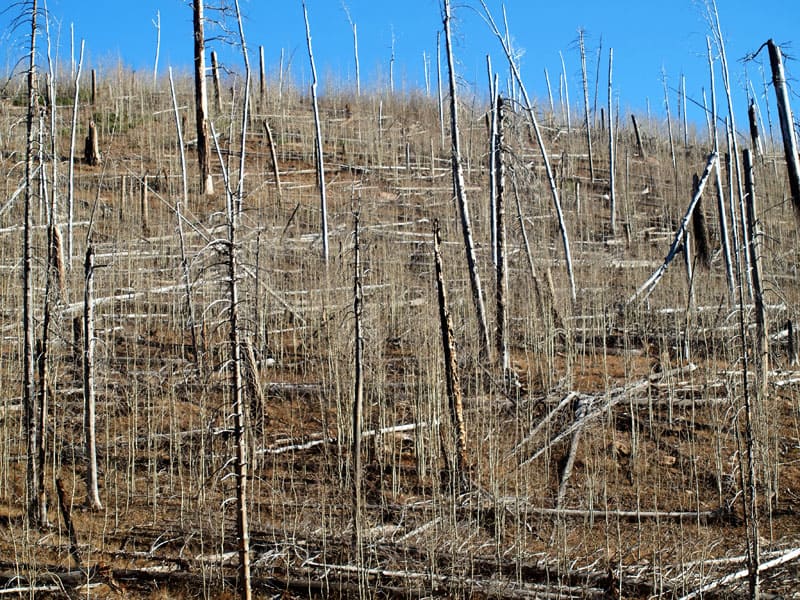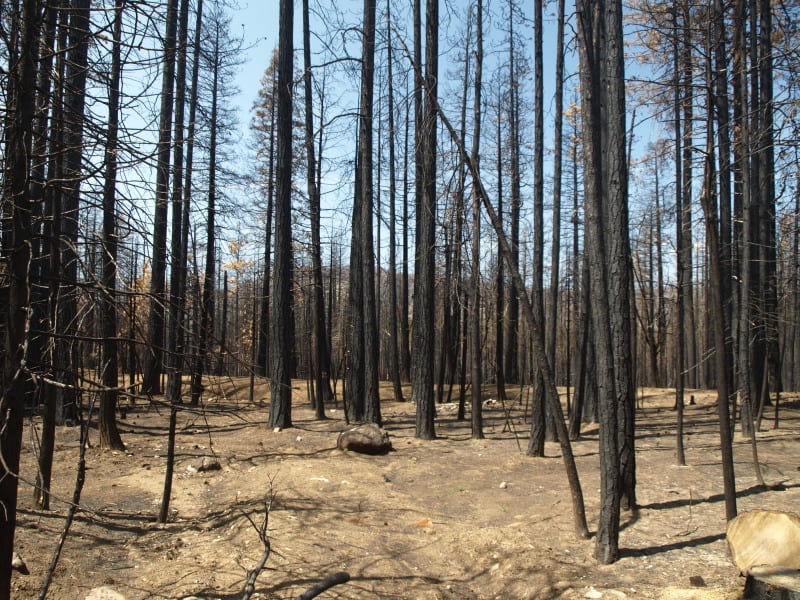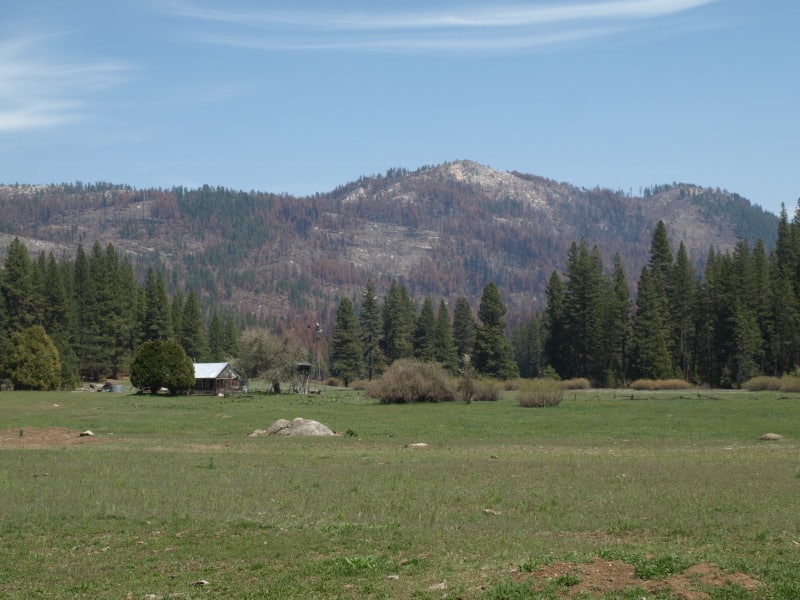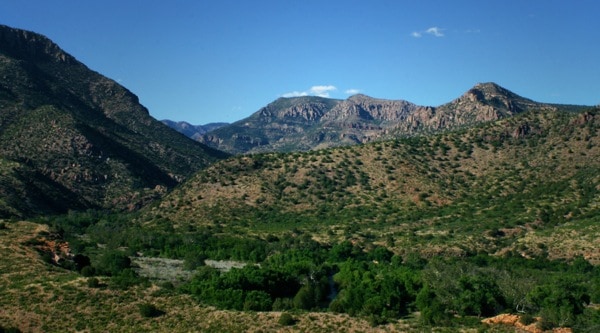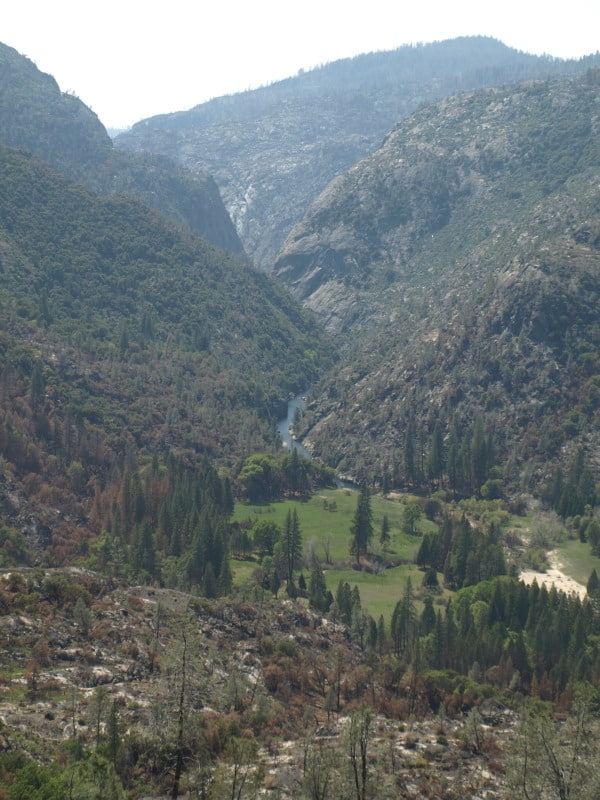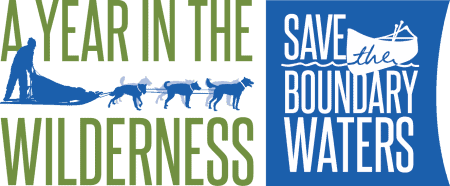 An alert reader found this piece, which I thought was well worth a read. Here is the link and below is an excerpt.
An alert reader found this piece, which I thought was well worth a read. Here is the link and below is an excerpt.
Politicians, environmental groups and laws don’t protect wilderness, voters do.
* If the voters of the political entity with jurisdiction over the wilderness area are educated to personally understand the wilderness values involved, then and only then, will their representatives support Wilderness proposals.
* Neither Democrats nor Republicans are intrinsically pro–wilderness or anti–wilderness.
* The citizens and legislators who happen to live near a wilderness area should have no more say about it than the neighbors of the statue of liberty would have a special voice on what happens to it.
* Most legislators, public and civic officials and people near a wilderness tend to favor its commercialization, commodification and development.
* Once you identify the legislators to target, you know the voters you must educate: the voters who elect the politicians who sit on or chair the legislative committees with jurisdiction over your issue.
* Administrative agencies do what their political overseers tell them, so focus your lobbying on their political leaders.
* Campaigns for Wilderness in rural counties are won in urban areas. Most of the energy, concern and money in a campaign come from large cities. The focus of any campaign should be where the population of the controlling political entity is, not where the resource happens to be located.
It’s an interesting, and inaccurate, characterization of folks around wilderness areas in the New West who want all kinds of things, including wilderness. and I find the idea that federal property rights trump local needs as a bit.. well… colonialist. If it quacks like a duck… (eek.. I think I’m channeling Dave Skinner (!))
However, as a person who looked at endless tables of “things not allowed” in roadless compared to wilderness, I’ve gotta wonder whether “wilderness acres” is a target for someone or some organizations regardless of how much they’ve moved the needle from “very restrictive roadless land allocation” to “wilderness.” I think it would be helpful for everyone involved in the discussion to be reading off the same table of comparative restrictions. One of my wonky former coworkers, who is way more knowledgeable than I, pointed out that a specific part of the Colorado roadless regulation was more restrictive than wilderness. But how many people actually know what’s in and what’s out, comparatively? In my experience, very few.
And if it is all about Congress placing a stamp of approval on it, and wilderness being “more permanent”, then probably place-based bills for other things are the way to go, equally. IMHO. One more thing.. I am in no way dissing The Wilderness Society.. the people there I have worked with have been respectful and reasoned.
